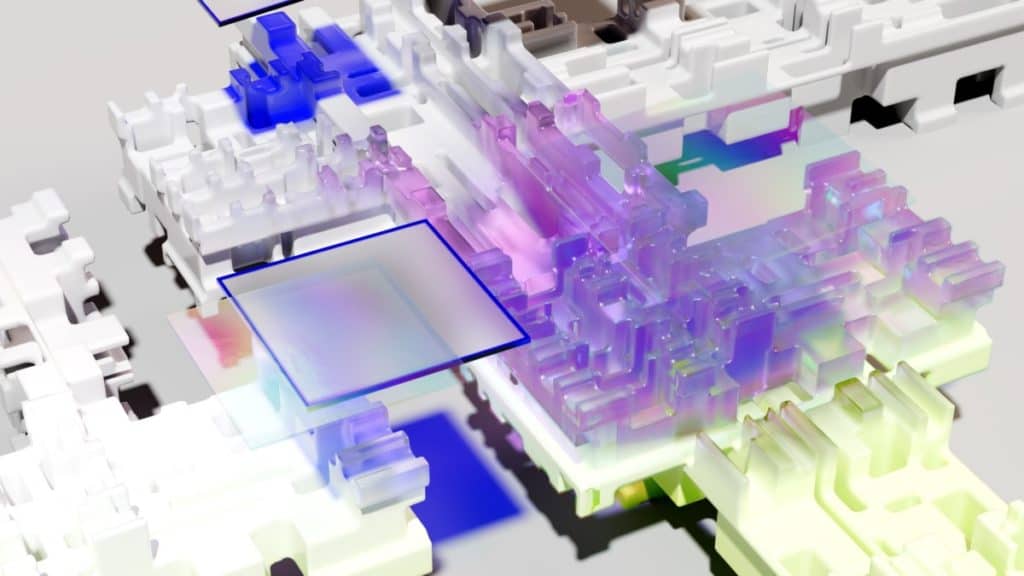“We needed to find solutions to a variety of issues whilst being a complex business, operating in a 24/7 environment. Stripe OLT listened and understood immediately the challenges we faced.”

Disaster recovery

Business continuity & disaster recovery
The principal objective of a Business Continuity and Disaster Recovery (BCDR) plan is to develop, test and document a well-structured and easily understood plan, that will help your company recover as quickly and effectively as possible, following an unforeseen disaster.
Our
Awards








Benefits of a BCDR Plan
In responsibly implementing a Business Continuity and Disaster Recovery plan, your business will benefit from:



How do we deliver it?

benefit from Microsoft azure

why stripe olt?


Disaster Recovery FAQs
What is disaster recovery and why is it important for businesses?
Disaster recovery refers to the process and strategies put in place to recover and restore critical business operations and IT systems in the event of a disruptive incident or disaster. It involves planning, implementing, and managing procedures to minimize downtime, mitigate data loss, and ensure business continuity following unexpected events such as natural disasters, cyberattacks, hardware failures, or human errors. Disaster recovery is crucial for businesses as it enables them to minimize downtime, protect data, ensure business continuity, meet regulatory requirements, preserve reputation, mitigate financial losses, and enhance overall resilience. By preparing for potential disasters, businesses can recover quickly and efficiently, maintaining their operations and protecting their long-term success.
What are the different types of disasters that can impact a business?
Different types of disasters that can impact a business include natural disasters, cybersecurity incidents, human-induced disasters, infrastructure failures, supply chain disruptions, public health emergencies, and environmental hazards. These events can cause physical damage, disrupt operations, lead to data loss, financial loss, reputational damage, and hinder business continuity. It is crucial for businesses to identify these risks, assess vulnerabilities, and develop appropriate disaster recovery and business continuity plans to mitigate the impact of such disasters.
How does disaster recovery contribute to stronger business continuity, enhanced security, and faster recovery times?
Disaster recovery contributes to stronger business continuity, enhanced security, and faster recovery times by ensuring preparedness, implementing redundant systems, protecting critical data, integrating security measures, conducting regular testing, and leveraging expert support. These measures minimize disruptions, improve operational resiliency, and enable businesses to quickly recover from unexpected events while maintaining the confidentiality, integrity, and availability of their systems and data.

Our Partners

Hewlett Packard

ConnectWise

Fortinet

Cisco Meraki

Microsoft

Exponential-e


